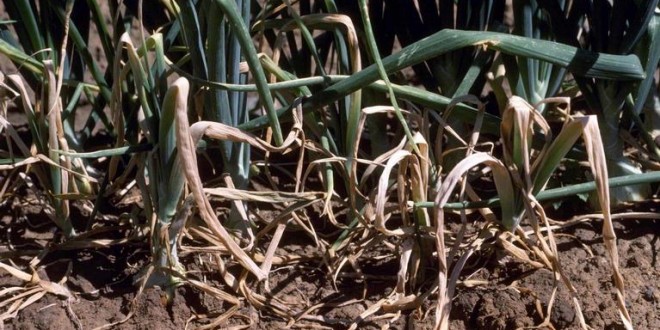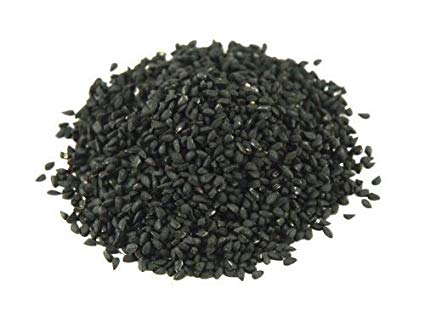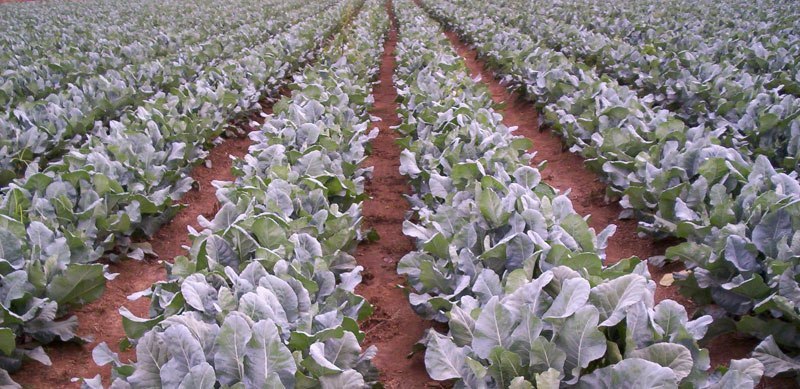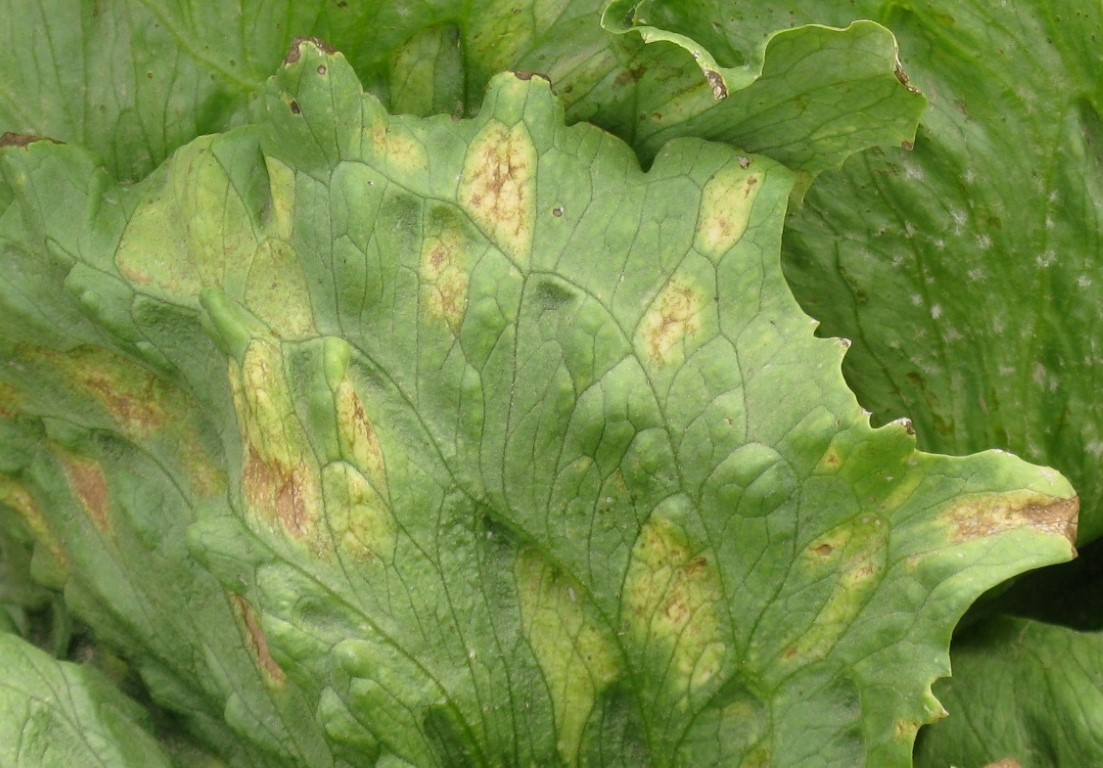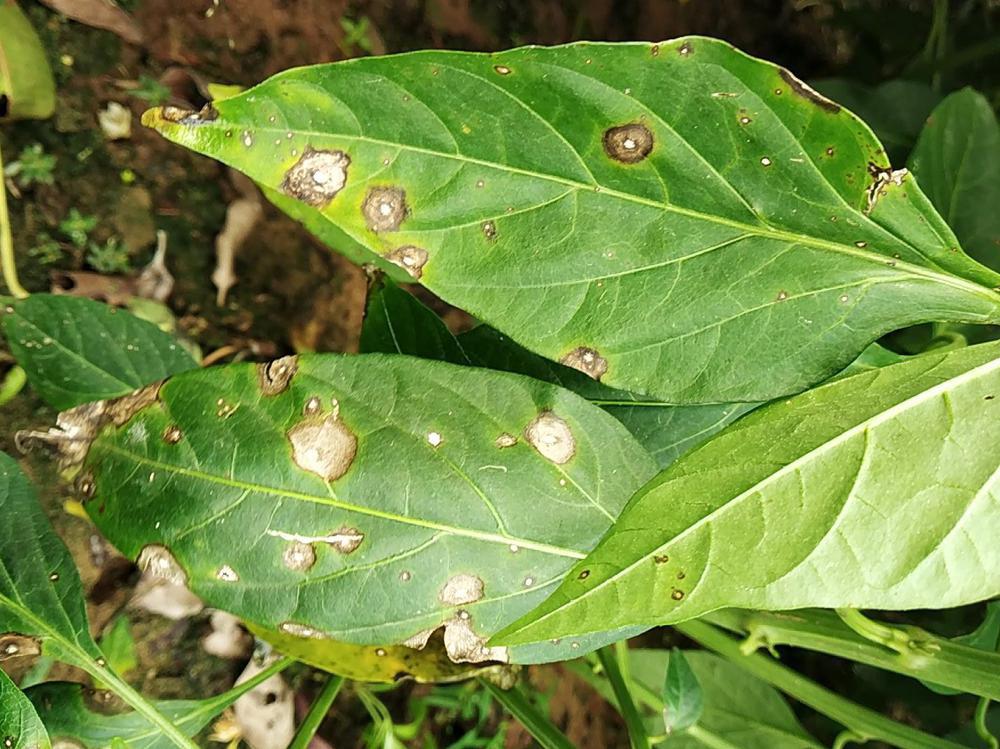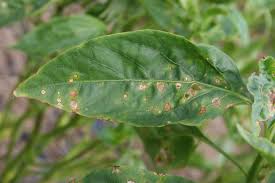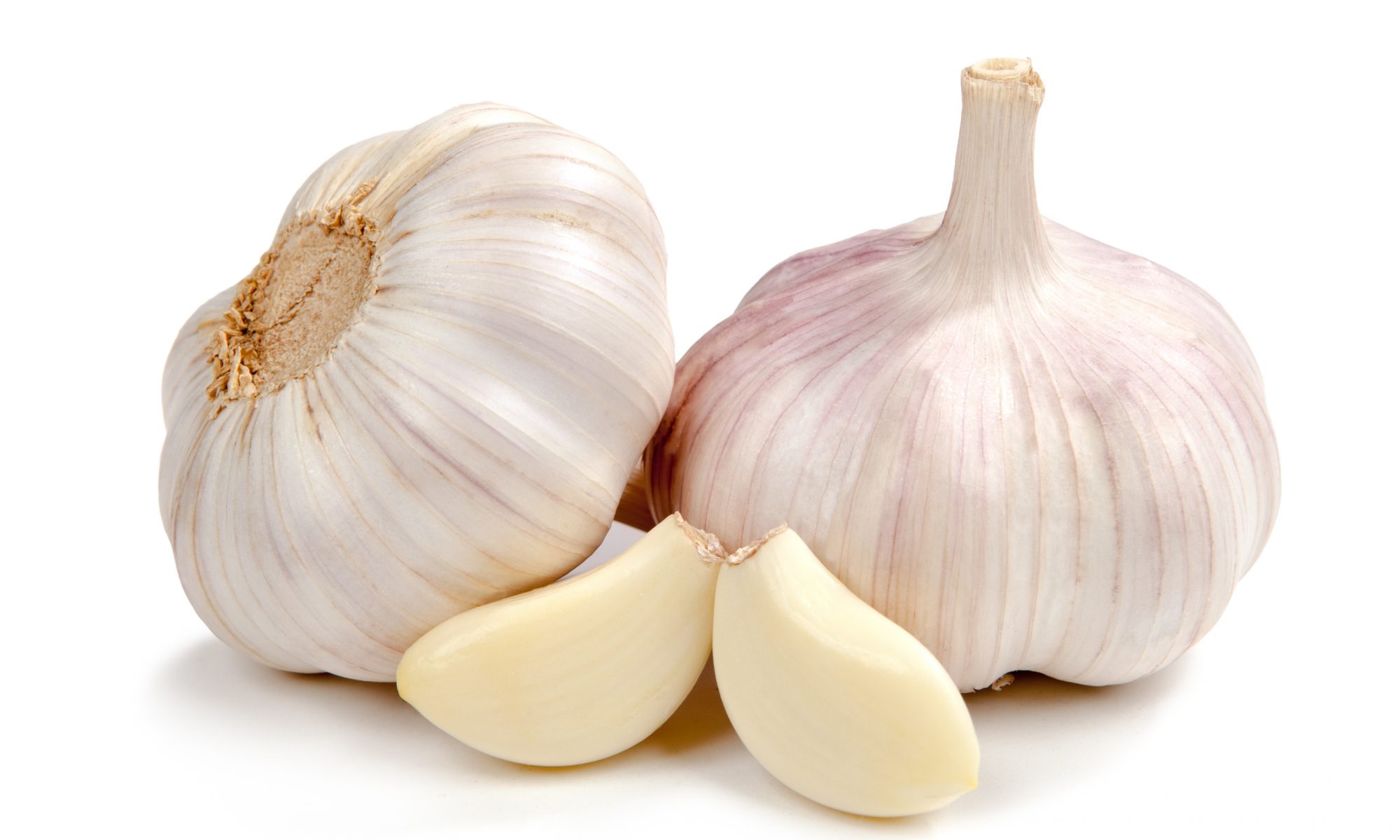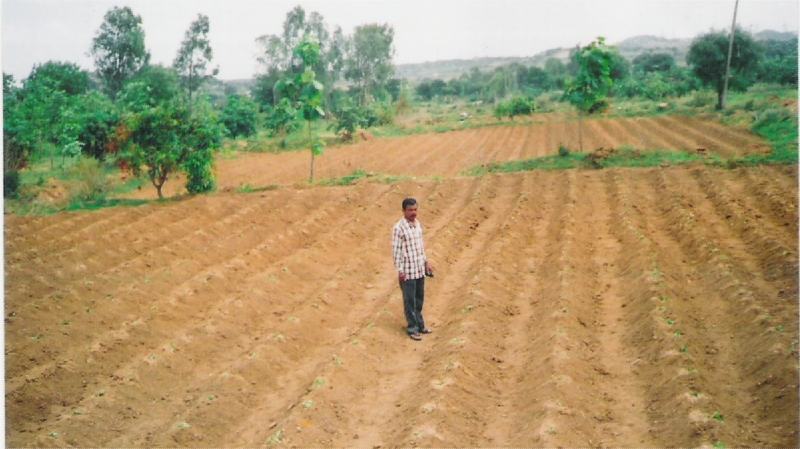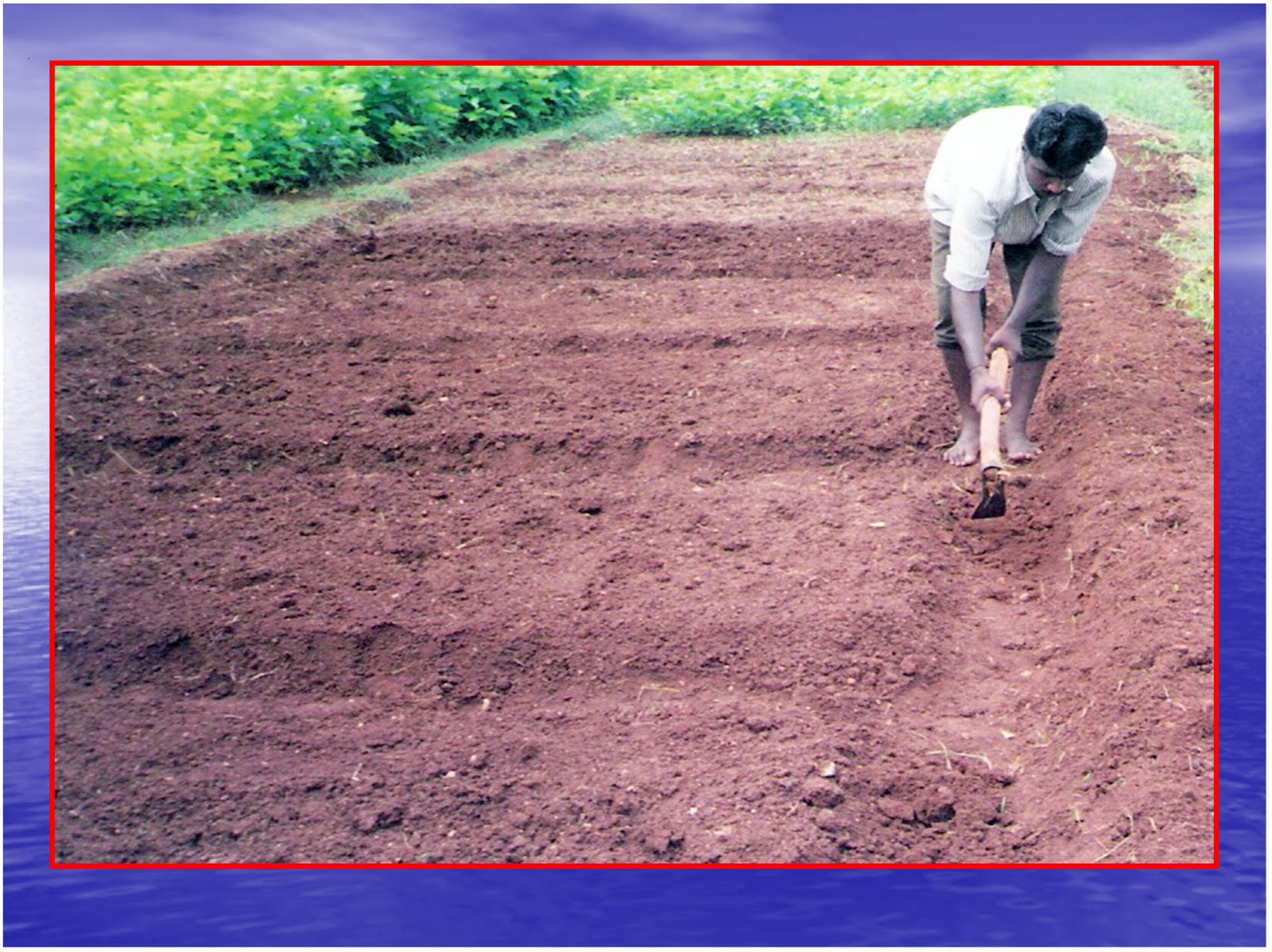- High soil moisture and moderate temperature along with high humidity, especially in the rainy season led to the development of the disease.
- Pre-emergence damping off results in seed and seedling rot before these emerge out of the soil.
- Post-emergence damping-off results in pathogen attack the collar region of seedlings on the surface of the soil.
- The collar portion rots and ultimately the seedling collapse and die.
- Healthy seeds should be selected for sowing.
- Spray of Carbendazim 12% + Mancozeb 63% or Thiaphanate methyl 70% WP @ 50 gm/Pump.
Like and share with other farmers by clicking on the button below
Share
